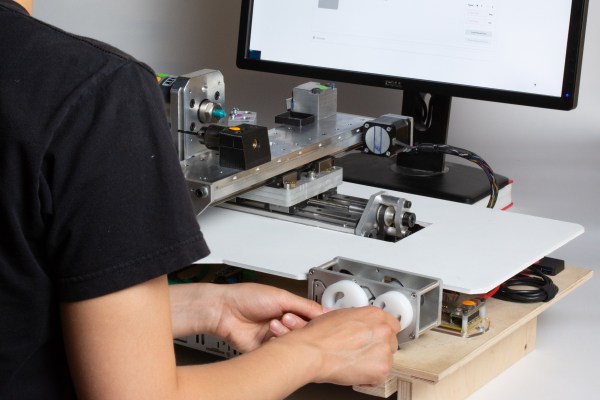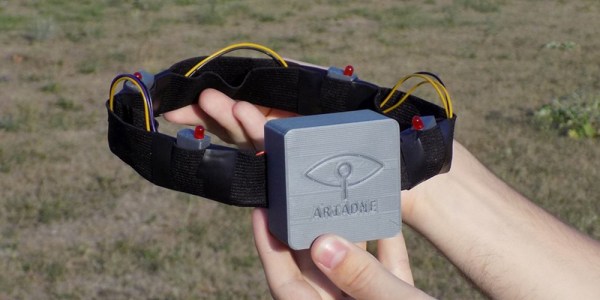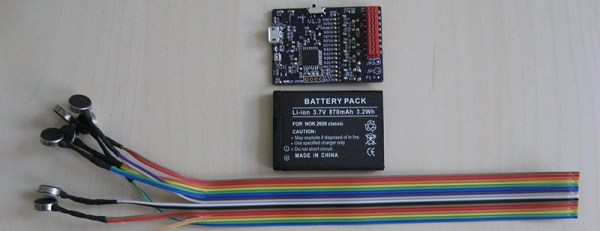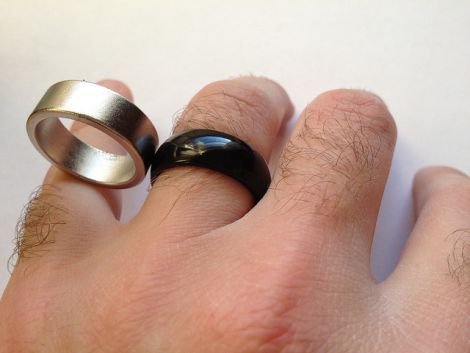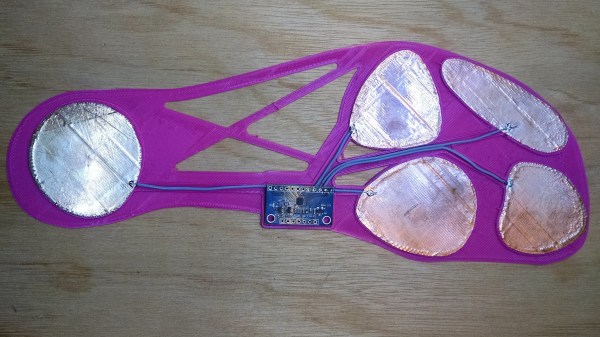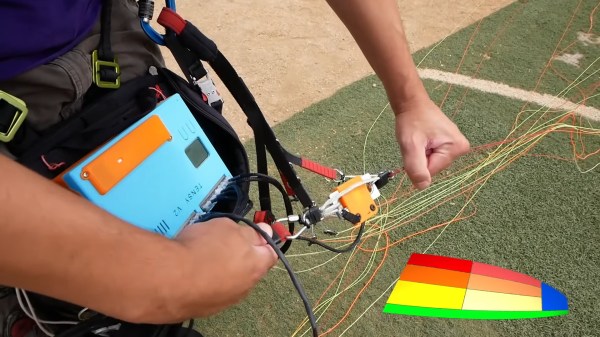It’s hard not to be a little intimidated by the squeaks and whirs that come with your first journey into a machine shop. Here, skilled machinists pilot giant hunks of cast iron that turn metals into piles of chips to yield beautiful parts. But what if machine tools themselves didn’t have to seem so scary. What if using them could feel a bit more intuitive, even, dare we say, natural from the get-go?
Enter Turn by Wire, a unique set of force feedback and machine control concepts applied to a lathe brought to you by researchers [Rundong Tian], [Vedant Saran], [Mareike Kritzler], [Florian Michahelles], and [Eric Paulos] at Berkelely.
Turn by Wire vastly reimagines the relationship between a user’s control inputs and the machine outputs in two ways: (1) by changing the mapping between the hand cranks and machine movements and (2) by changing the haptic feedback felt by the machinist. Since both of these interactions can be defined programmatically, the researchers created three unique ways of interacting with the lathe. First, by defining a tool path in the graphic user interface (GUI), the machinist can use a single hand crank to step forward and back in time along that toolpath. Second, by applying virtual guidelines in the GUI, both the machine and the hand cranks will physically snap to the guide lines when they are sufficiently close. Finally, the hand cranks can be used to teach the machinist a technique by adding resistive forces into the hand cranks depending on movement while a machinist is stepping through a process like peck drilling.
This is a great example of [Tom Knight’s] “just wrap a computer around it!” as mentioned by [Bunnie Huang] when we featured the IQ Motor Modules. It’s a powerful example of how putting a computer between the controls and the machine can correct for real world imperfections, be they in the mechanics of the machine of the operator. For the curious, have a look at [Rundong’s] paper published at UIST and [Vedant’s] master’s thesis.
Continue reading “Turn By Wire Is A Machinist’s Sixth Sense”

